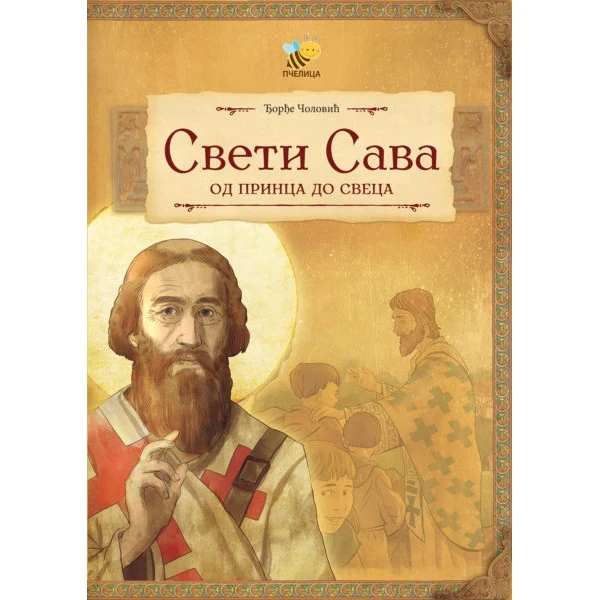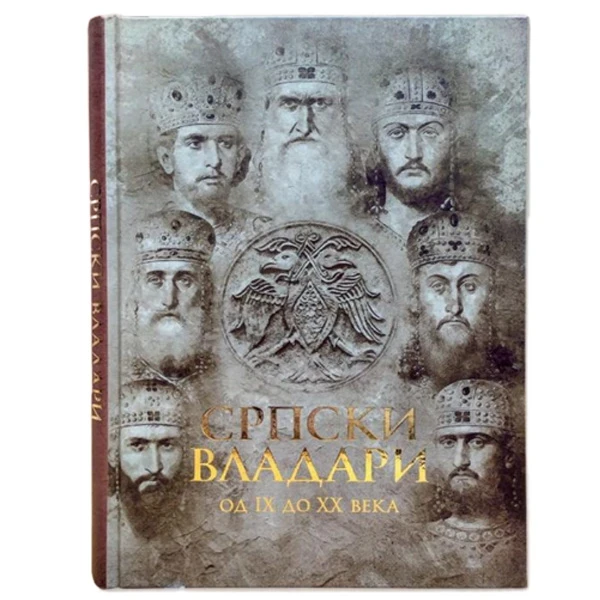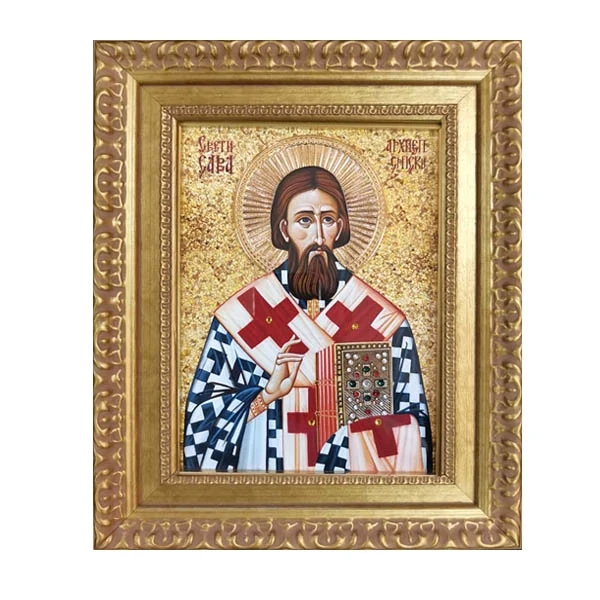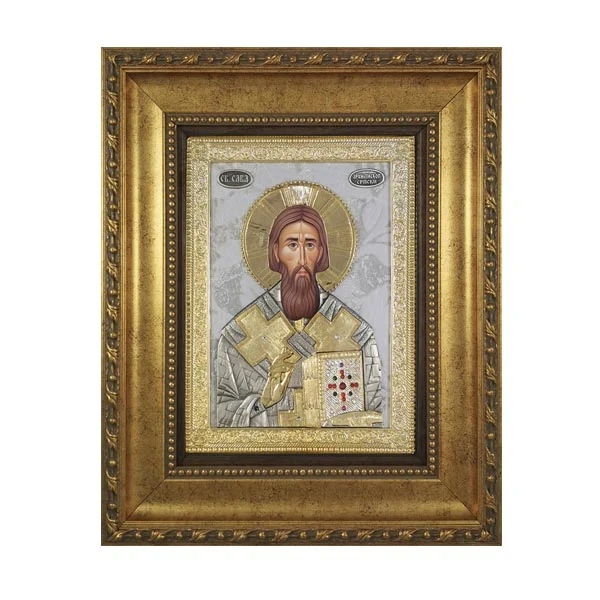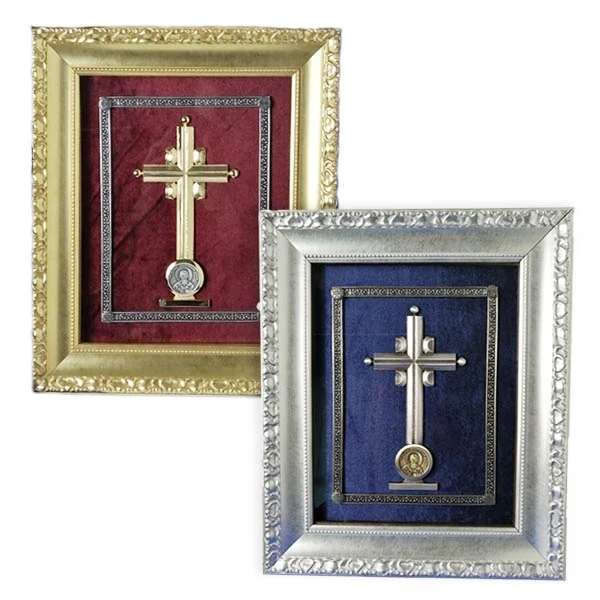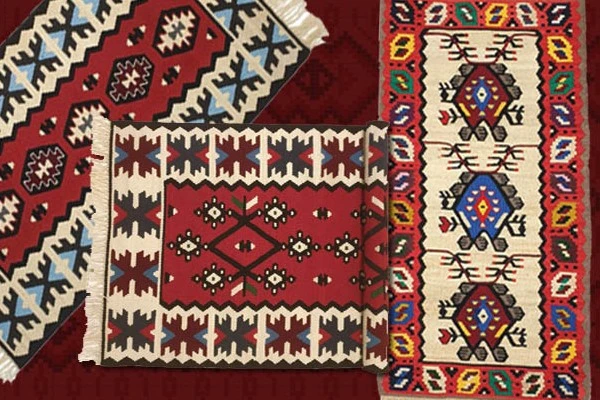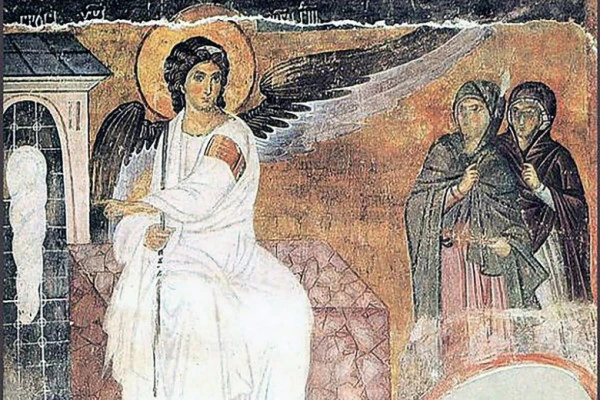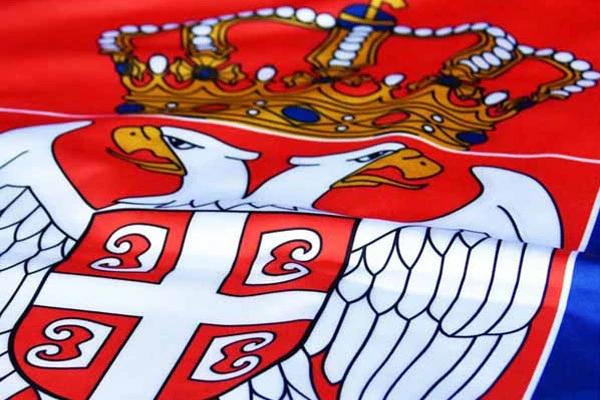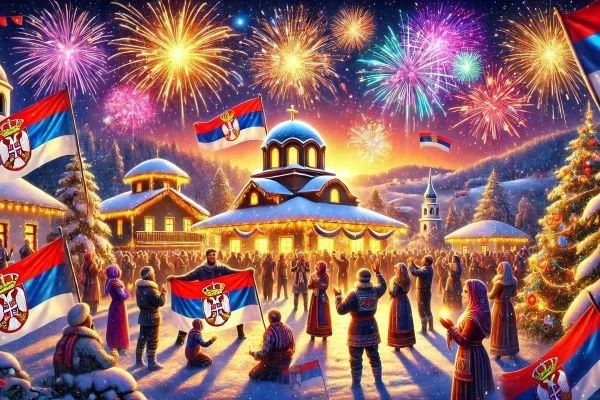- Home
- Blog
- Get to know Serbia
- SAINT SAVA - THE HOLY WORD OF SERBIAN LITERACY
SAINT SAVA - THE HOLY WORD OF SERBIAN LITERACY
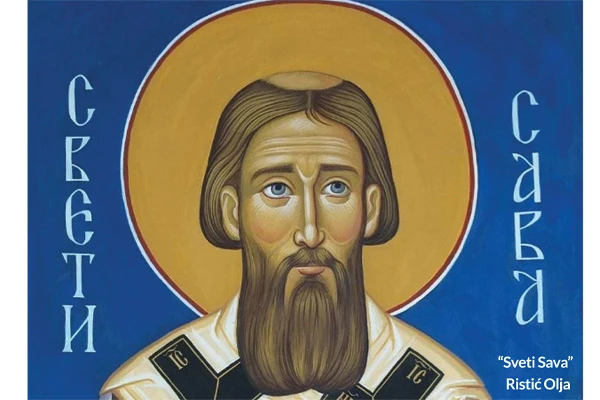
In the second half of the 12th century, more precisely in 1175, Rastko Nemanjić was born, as the third and youngest son of the great prefect Stefan Nemanja. From an early age, Rastko distinguished himself from his brothers by his moderation and interest in the "letter", the church and "teachings".
Thus, at the age of sixteen, fully literate and acquainted with the works of early Christian and Old Slavic literature, he fled to Mount Athos and became a monk there with one ideal, to live the life of old Christian saints and martyrs.
This is where the life of Rastko Nemanjić ended and the life of the monk Sava begins.
The life of Saint Sava after becoming a monk
In Vatopedi, which was Sava's home for the next seven years, Sava dedicated himself to monastic life, where he had the opportunity to get acquainted with various works of Greek theological and ecclesiastical law.
This early stay on the Holy Mountain had a significant impact on the formation of Sava's personality, where his religiosity and his understanding of Christianity were formed.
The writings say that Saint Sava possessed "eloquence and great ease in developing basic thought", and in his letters and sermons he shows himself to be a sensitive man of tame character. Descriptions of contemporaries and writers close to his time portray him as a man of "higher intellectual abilities, persistent will and timid nature."
During this period, role models were formed on the basis of which they will organize monastic and church life in Serbia.
How faith reunited son and father
After Rastko's departure, in 1191, when Rastko was about sixteen, he went to Mount Athos to one of the most important centers of Eastern Orthodox monasticism, where he became a monk. Although the writings say that the prefect found it difficult to come to terms with his son's decision to become a priest, after a few years he decided to visit his son on Mount Athos.
For political and religious reasons, he handed over power to his son Stefan Nemanjić, became a monk in Studenica and as a monk Simeon went to Sava.
The monastic path of Saint Sava and his father Saint Simeon
Living an aesthetic life in accordance with the sufferings of early martyrs and Christians, Simeon and Sava asked the Greek emperor for permission to build a monastery. Dangerous with high walls, Hilandar was built, one of the largest Serbian sanctuaries.
In it, Sava wrote "Hilandarski tipik" in which he described the rules according to which monks should be governed and in which he weaved all his experience and understanding of monastic life.
Saint Sava did not forget his country or his brothers
After the death of Stefan Nemanja, then Simeon Sava learned that his eldest brother Vukan had taken the throne from his brother and the former prefect Stefan Prvovenčan, and that a difficult situation had arisen in the country.
In order to reconcile the brothers, Sava came to Serbia with the relics of Simeon and reconciled Stefan and Vukan over his father's body in Studenica.
Then, together with Stefan, he began to build his historical contribution to Serbia, the monastery of Zica.
Life deeds and merits of Saint Sava
After his father's death, Sava went on a long journey to Serbia with Simeon's relics and, accompanied by a group of Hilandar monks, most likely, where Simeon was buried. Shortly afterwards, Sava was appointed abbot of Studenica.
He wrote a tipik for Studenica, which was actually a slightly modified Hilandar tipik. That is when Sava's founding work in Serbia began. During his stay in Studenica, in addition to his service, Sava also wrote an extensive biography of Simeon, which is a prominent work of Serbian medieval literature.
As the abbot of the most important monastery in Serbia, Sava had to get involved in state affairs. On the instructions of his brother Stefan, he participated in diplomatic missions, where he managed to make good friends of the enemy.
In 1219, Saint Sava achieved the autocephaly of the Serbian Orthodox Church in Nicaea under the Nicene despot Theodore Lascaris and the patriarch Manoel Saranten, thus making his life a part and inscribing himself deeply in the history of the Serbian people. When he returned to Serbia, he determined Zica as the center of the new Serbian archbishopric, and his Hilandar typists served as a guide in the behavior of monastics.
He twice went on pilgrimages to Palestine, Jordan.
Saint Sava - life after death
On his return from another pilgrimage, Saint Sava died in Trnovo in Bulgaria in 1236, and King Vladislav transferred his body to the Mileseva Monastery.
Many years later, at the end of the 16th century, when the Ottomans ruled this area, due to his own fear of the influence that Sava had even after his death, the cruel Sinan Pasha transferred his relics to Belgrade and burned them in 1594.
The remaining of the left hand was kept for a long time in the monastery of the Holy Trinity near Pljevlja, and now it is in the monastery of Mileseva near Prijepolje. According to some testimonies, the little finger was transferred to Pec in 1680.
Many years after that event, in 1775, Sava was proclaimed a saint.
In the part of the saint, on the place where his relics were burned, in Vracar, a large temple of Saint Sava was built, one of the largest Orthodox sanctuaries on the planet.
Interesting facts:
We all know that St. Sava's school holiday is celebrated on January 27. But few people know that in 1823, that day was proclaimed a school holiday by the order of Prince Miloš Obrenović. Then all the schools prepare performances and pay homage to the great saint with the Saint Sava's anthem.
To get better acquainted with the wide range of works about Saint Sava, take a look at our offer and we are here for you with just one click.
Related products
Read also
How to wash a pirot carpet - 5 steps to a perfectly clean and fragrant carpet
Traditional Serbian carpets are a valuable family heirloom. They refine and…
White angel - the purest symbol of the Serbian people
Frescoes represent an artistic segment of religion and as such occupy a special…
Serbian flags throughout history - What all Serbian flags looked like and what distinguishes them
A flag is much more than a piece of cloth – it is a symbol of a nation's identity,…
Who was Saint Sava and what was his contribution?
"Saint Sava: A Beloved Serbian Saint with a Rich Legacy and Cultural Significance"
…Serbian New Year: Tradition, Customs and How to Celebrate it
The Serbian New Year, also known as the Orthodox New Year, is celebrated on…
Gifts Inspired by Serbian Culture: Authentic Ideas for the Holidays
The holidays are a time of giving, and finding the perfect gift is often a challenge.…
Traditional Serbian Christmas Customs: How to Cultivate Them in Modern Times?
Christmas is the most joyous holiday in Orthodox Christianity, a time when families…
How to Bring the Spirit of Orthodox Tradition into Your Home This Winter?
Winter is the perfect time to bring warmth, togetherness and the spirit of Orthodox…
Serbian Souvenirs: Perfect New Year's Gifts for All Tastes
New Year is the time of giving, and what is more beautiful than a gift that…
How to stay productive and not waste an entire day on Black Friday shopping
Black Friday is a day full of amazing discounts, but it can easily become exhausting…
Folk Beliefs and Customs for Saint Aranđel - Assembly of Holy Angels
Saint Michael the Archangel, who is celebrated…
Folk Beliefs and Customs for Đurđić - Glory of St. George
Đurđić, the feast of St. George, celebrated on November 16, is one of the most…

Apply for newsletter
Sign up for the Serbianshop newsletter and get a 10% discount.


